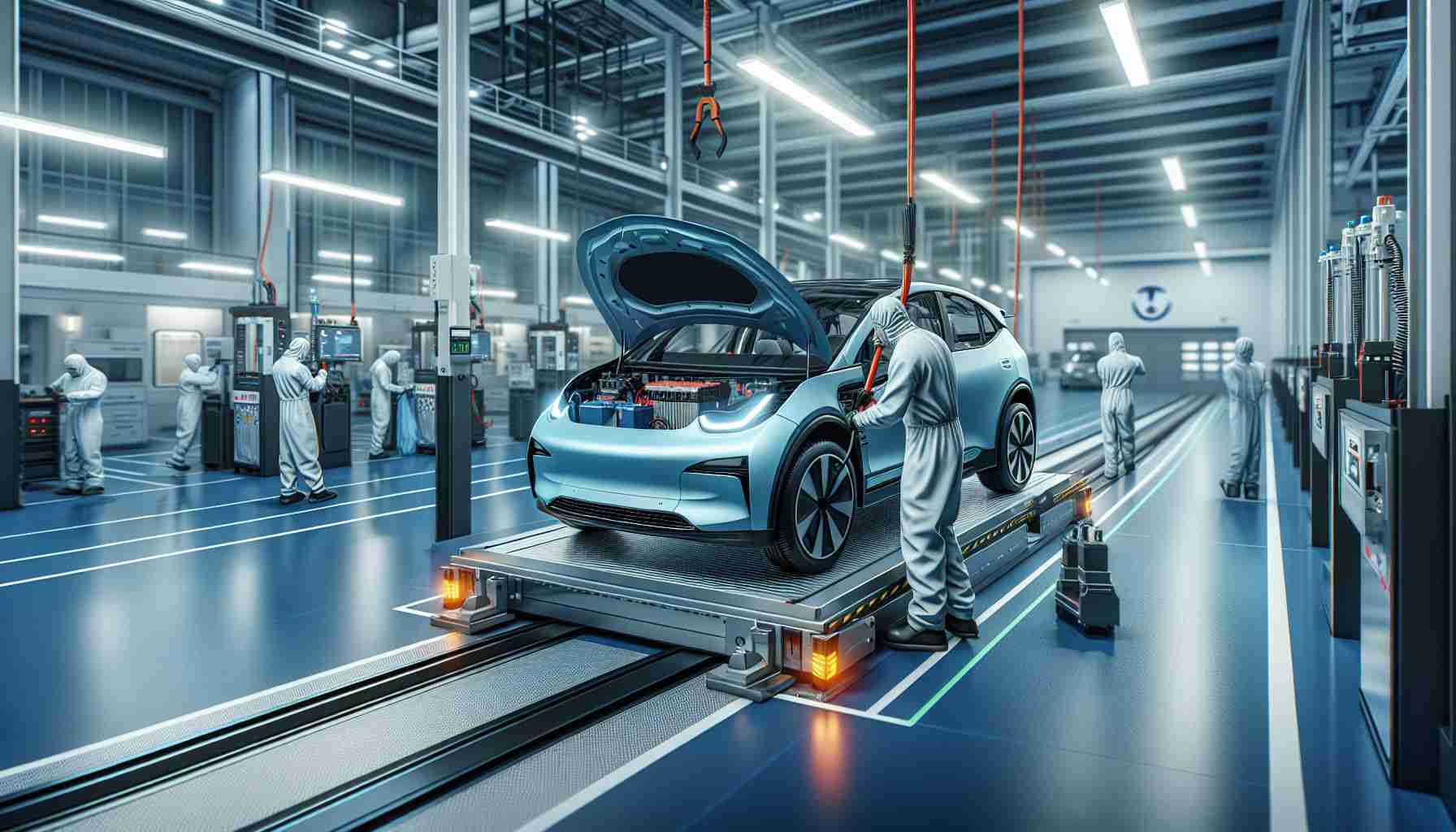As the popularity of electric vehicles (EVs) continues to rise, the demand for efficient and convenient charging solutions has become a pressing issue. One emerging trend in the EV industry is battery swapping, which allows drivers to quickly exchange depleted batteries for fully charged ones. This approach not only saves charging time but also ensures that all batteries are in good working condition and compliant with safety standards.
A leading African firm, Spiro, has been at the forefront of the two-wheeled EV battery swapping business. With over 9200 electric motorcycles deployed across Benin, Togo, and Rwanda, Spiro has already made a significant impact on reducing carbon emissions in its first year of operation. The company’s success can be attributed to its focus on innovation and environmental sustainability.
What sets Spiro apart is its recent introduction of automated swapping stations. These stations not only offer a streamlined and efficient swapping experience but also allow Spiro to expand more rapidly. With automated swap stations, the company can deploy across markets more quickly, thanks to an asset-light model and partnerships with existing companies. The speed of deployment is crucial in meeting the growing demand for EV battery swapping.
In addition to convenience, battery swapping also addresses safety concerns related to off-market charging. By providing riders with real-time information on battery life and ensuring that batteries meet the highest standards of performance and reliability, swapping stations offer a safer alternative to traditional charging methods. This is especially relevant in the US, where fire safety issues related to recharging off-market batteries have become a cause for concern.
While battery swapping for two-wheelers has gained significant traction, the potential for implementing this technology for four-wheelers remains largely untapped. The US, in particular, is aggressively building out its EV charging station network, but filling in the gaps with swapping stations could help alleviate long wait times and reduce strain on heavily-used charging locations.
In conclusion, EV battery swapping presents an innovative and practical solution to the challenges of conventional charging methods. The success of companies like Spiro in Africa serves as a testament to the effectiveness and popularity of this approach. As the EV industry continues to evolve, battery swapping has the potential to reshape the way we think about charging our vehicles.
FAQ Section:
1. What is battery swapping in the EV industry?
Battery swapping is a process in which depleted batteries in electric vehicles are quickly exchanged for fully charged ones, saving charging time and ensuring batteries are in good working condition and compliant with safety standards.
2. What is Spiro and what has it achieved in the EV industry?
Spiro is a leading African firm that operates in the two-wheeled EV battery swapping business. It has deployed over 9200 electric motorcycles in Benin, Togo, and Rwanda, making a significant impact in reducing carbon emissions in its first year of operation.
3. What sets Spiro apart from other companies?
Spiro has introduced automated swapping stations, which provide a streamlined and efficient swapping experience. These stations also allow the company to expand more rapidly, thanks to an asset-light model and partnerships with existing companies.
4. How does battery swapping address safety concerns?
Battery swapping stations provide riders with real-time information on battery life and ensure that batteries meet the highest standards of performance and reliability. This offers a safer alternative to traditional charging methods, especially in the US where fire safety issues with off-market charging have become a concern.
5. Is battery swapping only applicable to two-wheelers?
Battery swapping for two-wheelers has gained significant traction, but the potential for implementing this technology for four-wheelers remains largely untapped. The US, in particular, is aggressively building EV charging station networks, but incorporating swapping stations can help alleviate long wait times and reduce strain on heavily-used charging locations.
Definitions:
– EV: Electric Vehicle
– Battery swapping: The process of quickly exchanging depleted batteries for fully charged ones in electric vehicles.
– Carbon emissions: The release of carbon dioxide and other greenhouse gases into the atmosphere, contributing to climate change.
– Asset-light model: A business model that relies on partnerships and external resources to minimize ownership of physical assets.
Suggested Related Links:
– https://www.spiro.com (Spiro’s official website)
– https://www.spotlightafrica.com (Spotlight Africa, news and information on African industries)
– https://www.electrive.com (Electrive, news and insights on electric mobility)
The source of the article is from the blog agogs.sk
